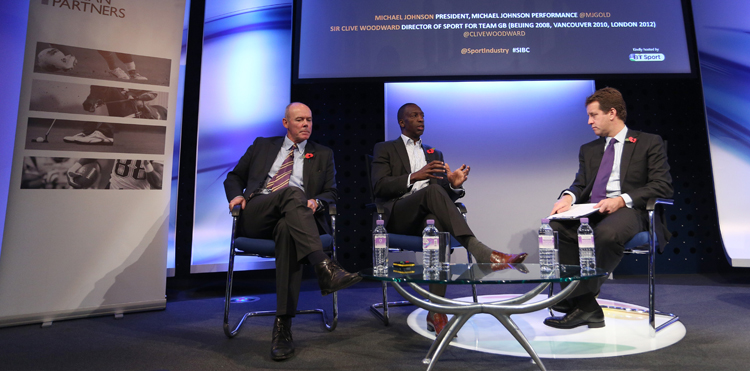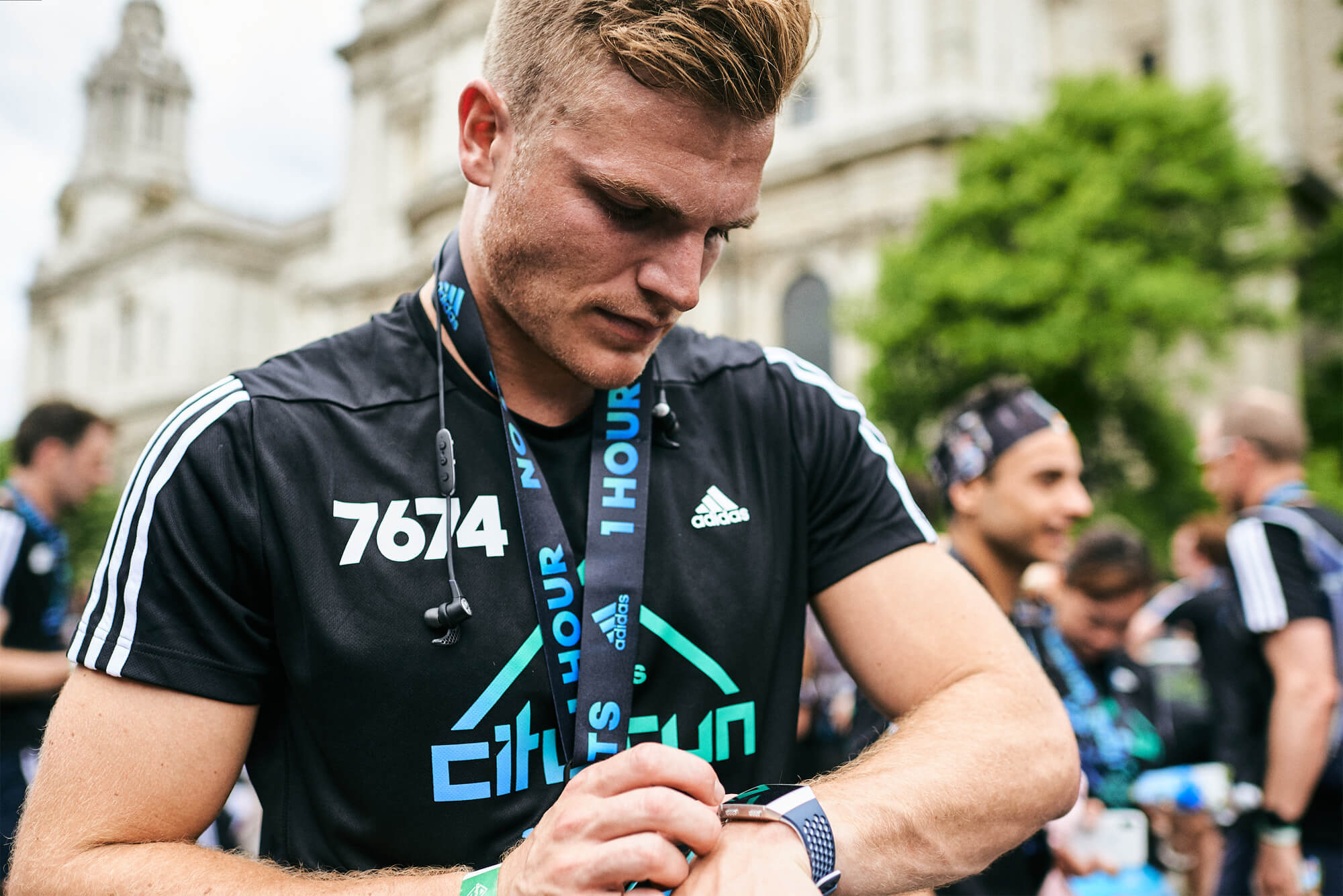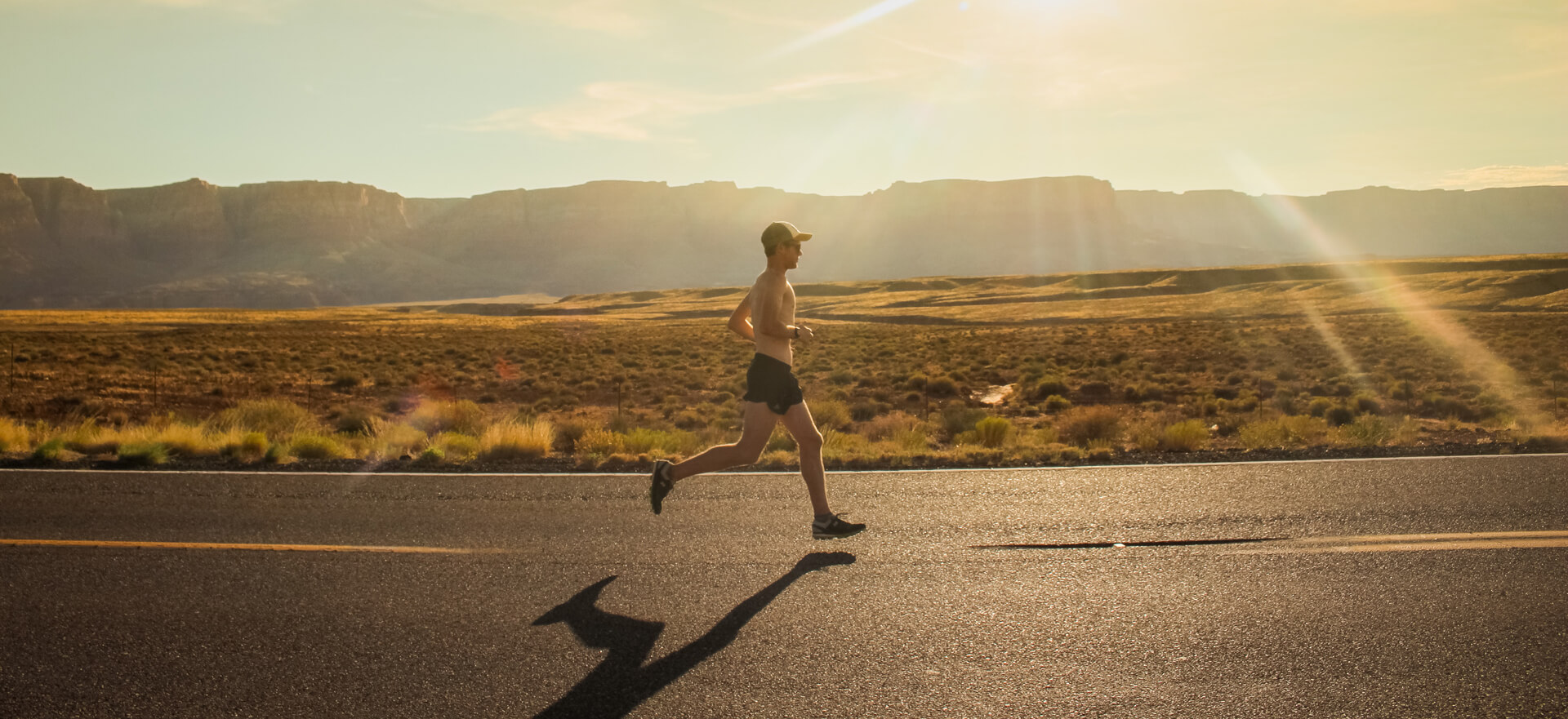Were any of your Olympic gold medals harder to win than the others?
Each one was challenging for its own reasons. Sydney was a tough medal, winning the 400m there was tough because I wasn’t 100 per cent healthy. But I was 100 per cent healthy in 1996 but that was probably the best competition I have ever faced for an Olympic championship. The 200m, coming after the 400m, the double in 1996 was difficult. But they were all challenging, it’s never easy.
Where do you keep your medals?
They’re just in a safety deposit box, it’s not glamorous, they’re just sitting there. They’re just medals at the end of the day, it’s about the memory and the occasion, for me anyway. I’d be devastated if I lost them, that’s why they’re always in a safety deposit box, I don’t want anything to happen to them. When I take them out and people see them it’s amazing how it affects people, because it’s the Olympics. For the athlete, most of the time, it’s about achievement. A good example is my 200m World Record Usain Bolt broke. I still have that memory. With medals, nothing ever changes, nobody’s ever going to be able to and say “Now I’m the 1996 200m Olympic gold medallist.” It’s about the achievement; it’s about all the work and all the people that helped you to get to that point.
Are there any techniques or technology today that you wish were around when you were competing?
Some of the recovery tools. Now we have cryotherapy and compression therapy, those sorts of modalities allow our athletes to recover and regenerate their bodies from a really tough day of training so that they’re able to come back the next day and train just as hard. That was something we were always striving for when I was competing, to be able to come out the next day and train just as hard as I’d trained the day before. Trying to minimimse the affects of the previous days training was challenging and we had to ask ourselves “How much are we going to back off from what we’d really like to do today, from an intensity stand point, so that we can make it through the entire week?” For an athlete who really wants to get everything out of a session, that’s discouraging. You’re tempted to do even more. I had to be disciplined to stick with the programme my coach prescribed. “Today is not the end of the week, I’ve got to come back tomorrow.”
Do you think you could have run faster being an athlete in 2014?
Who knows? Obviously things are going to continue to progress, athletes are going to run faster and faster and be better from an endurance standpoint because we continue to make improvements in training methodology and coaching tools that take a lot of guess work out of what they’re doing. All of those things help and are going to make athletes better, but it would be a waste of time to sit and try to think whether or not I’d be faster or by how much. At the end of the day it was all about the medals, that’s the main thing. If I had access to these technologies back then, other athletes would have as well, so we would have all just moved up together.
You recorded a documentary about people’s passion for the Great North Run a few years ago, did Brendan Foster ever extend the invitation for you to take part yourself?
Every year. It’s not going to happen! I have no idea what sort of time I would get.
How much of a role does running play in what you do today?
My training when I was competing was all done on the track, multiple repetitions of short sprints, really fast. I’m 47-years-old now, I’m not doing that. As a sport sprinting is completely different from distance running. I don’t sprint anymore, but when I was a sprinter I didn’t run [long distance], now I do some distance running. I go out and do a few miles just like any other person because it’s a quick way to get some cardio work in a couple of days a week. I don’t feel any similarity when I go out for a three-mile run to what I did when I was training as a sprinter. They’re totally different things.
Last summer you asked a question on your Twitter page “Is it strange to anyone else that in 2014 track and field still has athletes pin a paper name and number bib on their uniform?” In the business of marginal gains, how much could something like that annoy an athlete right before they get down in the blocks?
Those are the things that hold the sport back. That could annoy an athlete, but by the same token, athletes have to be able to adapt to different things. You’re probably going to have something happen at some point on a race day that’s going to be more annoying than having a safety pin number in your way. It could happen in an Olympic final, you have to be able to bounce back from that. More concerning for me, from a business stand point, would be someone tuning in to watch an athletics meet who you want to gain as a fan, and they see an athlete safety pinning a number on. First of all, these are supposed to be some of the fastest athletes in the world and that [pinning a safety pin] doesn’t look very fast. It’s tacky, it’s sloppy and you’ll lose that one potential fan because they’ll just think it’s not very modern, nothing’s changed. That’s the issue, and those are the frustrations with this sport. I’m sure there are something’s you can fix onto a jersey without using a safety pin but this sport hasn’t adapted it yet. It’s not for lack of options, it’s for lack of vision that we don’t do that.
Michael Johnson was speaking at the Nolan Partners Sport Industry Breakfast Club. Michael also provides world-class training advice through Michael Johnson Performance







